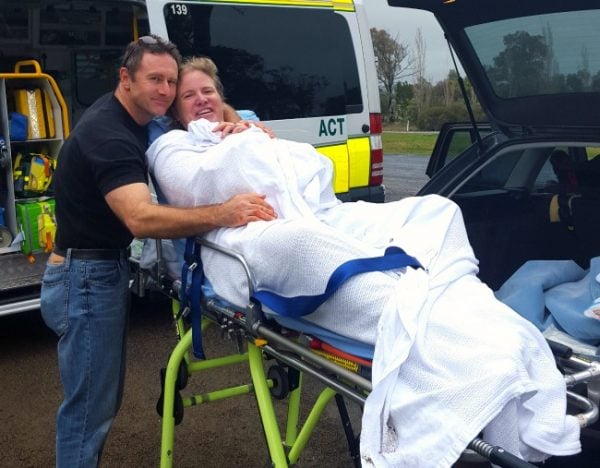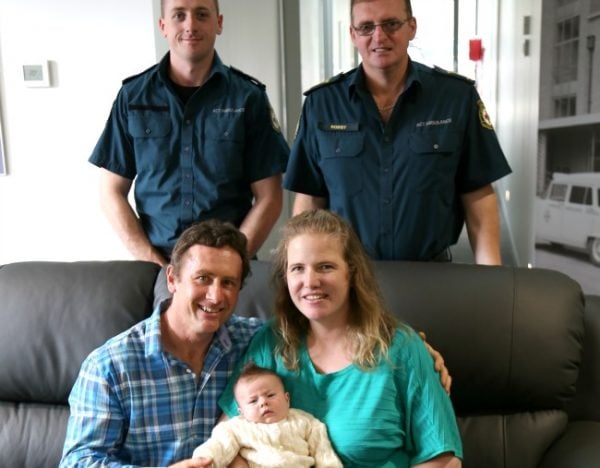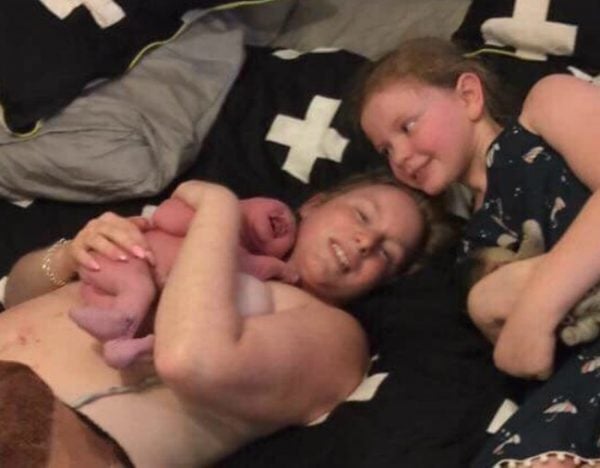Fifteen minutes into a 63km trip to the hospital, Lindsay Hollingsworth urged her husband he had better pull over.
“We were on a highway so there was nowhere to stop. We pulled into a rest area. I got out of the car and could feel the head,” Lindsay said.
She described her husband as incredibly cool and calm, having called the ambulance while laying blankets they had brought just in case, in the boot of the car.

Lindsay climbed into the boot and as the ambulance arrived she began to push her second child, a baby girl, out.
“I wasn’t fearful of the birth, but my biggest fear was haemorrhaging,” she said.



